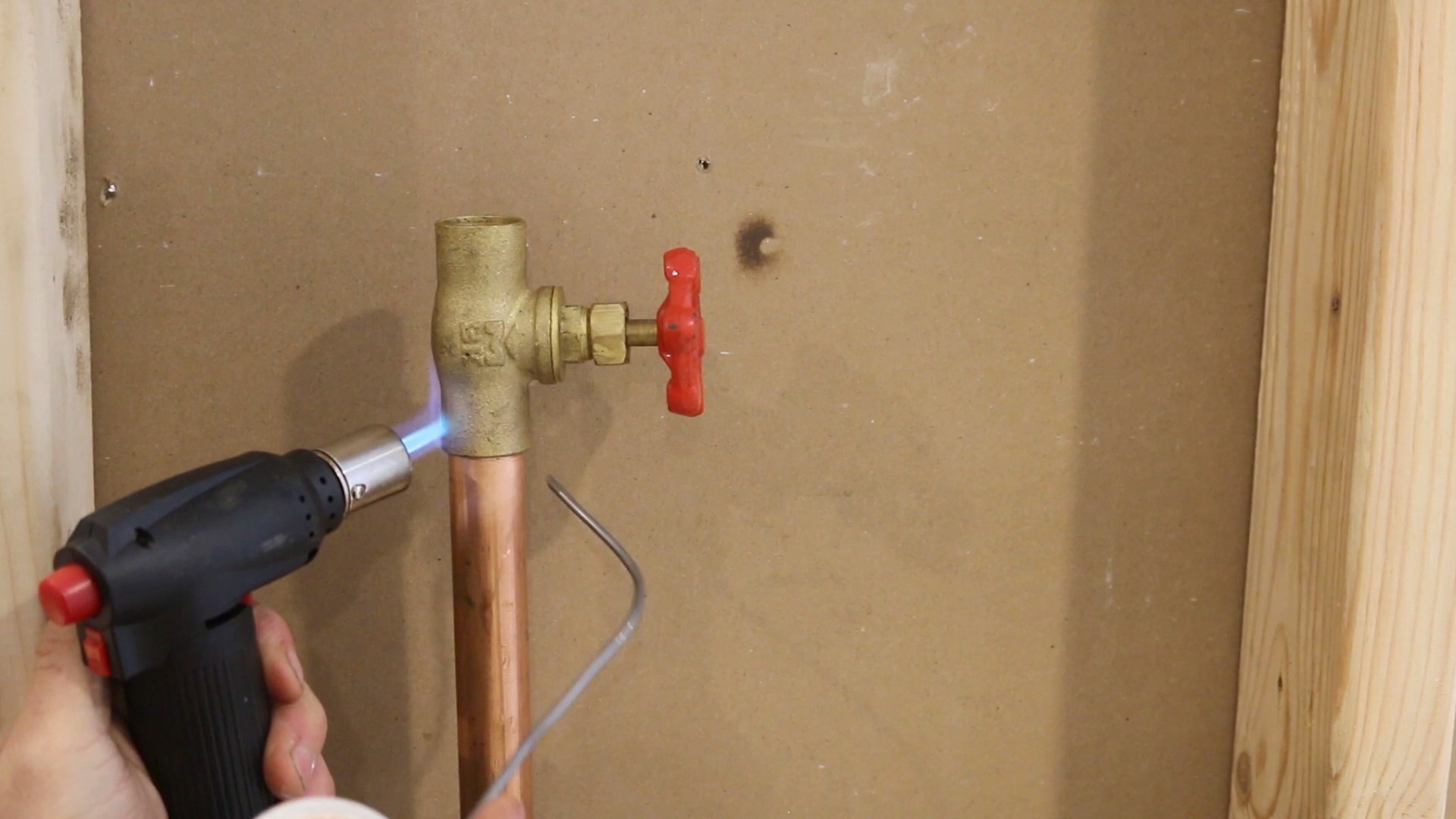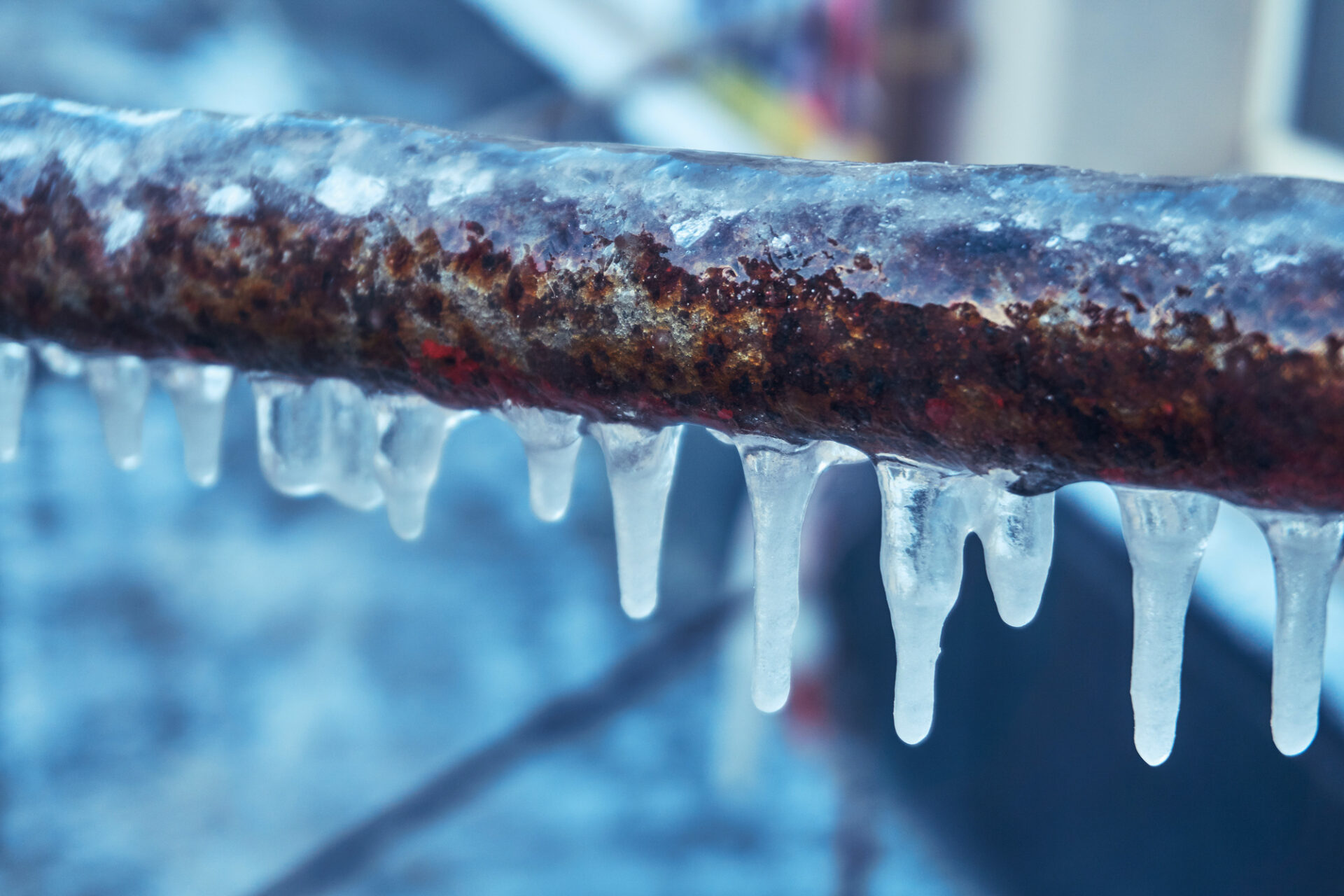Efficient Methods for Winterizing Your Pipes and Preventing Freezing in Frigid Weather
Efficient Methods for Winterizing Your Pipes and Preventing Freezing in Frigid Weather
Blog Article
The writer is making a few good annotation on the subject of How to stop pipes from freezing during the winter as a whole in this article down the page.

All home owners that live in temperate environments need to do their finest to winterize their pipelines. It is something you must do during fall prior to deep winter months really begins. Failing to do so can spell calamity like frozen, split, or burst pipes. If the climate exterior is terrible, right here are some convenient winterizing hacks to maintain your plumbing system secured also.
Try a Hair Clothes Dryer or Warm Gun
When your pipelines are nearly freezing, your reliable hair clothes dryer or warm gun is a godsend. Bowling hot air directly right into them may help if the warm towels do not assist dislodge any settling ice in your pipelines. Nevertheless, do not use various other objects that produce straight fires like a strike torch. This can result in a larger disaster that you can not manage. You might end up harmful your pipelines while attempting to melt the ice. As well as in the future, you might also wind up melting your home. Beware!
Open Cupboard Doors Hiding Plumbing
It would certainly be useful to open up cabinet doors that are masking your pipes when it's cool outside. They can be somewhere in your kitchen area or washroom. This will enable the warm air from your heating unit to flow there. Therefore, you avoid these revealed pipelines from freezing. Doing this small technique can maintain your pipes warm as well as restrict the potentially harmful end results of freezing temperatures.
Require Time to Cover Exposed Water Lines
One awesome and very easy hack to heat up frigid pipelines is to cover them with warm towels. You can cover them first with towels. After protecting them in position, you can pour boiling water on the towels. Do it slowly to allow the towels soak up the fluid. You can also make use of pre-soaked towels in hot water, just don't neglect to wear safety gloves to safeguard your hands from the warm.
Switch on the Faucets
When the temperature level drops as well as it appears as if the icy temperature level will certainly last, it will certainly assist to switch on your water both inside your home as well as outdoors. This will certainly maintain the water moving via your plumbing systems. Additionally, the motion will certainly decrease the freezing procedure. Notably, there's no need to transform it on full force. You'll end up squandering gallons of water by doing this. Rather, go for about 5 drops per min.
Turn off Water When Pipelines are Frozen
Switch off the main water valve immediately if you discover that your pipelines are entirely frozen or practically nearing that stage. You will generally discover this in your cellar or utility room near the heating unit or the front wall closest to the street. Turn it off today to avoid further damages.
Don't forget to shut external water sources, also, such as your hookup for the yard residence. Doing this will certainly stop extra water from filling your plumbing system. Unfortunately, with even more water, even more ice will accumulate, which will ultimately lead to break pipes. It is best to call a professional plumber for an inspection if you are unsure regarding the state of your pipelines this wintertime. Taking this positive method can conserve you hundreds of dollars out of commission.
All house owners that live in warm climates need to do their finest to winterize their pipelines. Failure to do so can spell catastrophe like frozen, fractured, or ruptured pipes. If the warm towels do not assist remove any settling ice in your pipelines, bowling warm air directly right into them might assist. Turn off the major water valve instantly if you discover that your pipelines are totally icy or nearly nearing that stage. With more water, even more ice will stack up, which will at some point lead to break pipes.
PREVENT YOUR PIPES FROM FREEZING THIS WINTER
A Leading Cause of Property Damage
When the weather is taking a deep nose dive into the cold dreary days, the risk of your pipes freezing and potentially bursting skyrockets. Unfortunately, during these cold dreary months, burst pipes are the most common denominator for property damage. The pipes that are most at the risk are those that are in areas where it is most cold in your home. For instance, pipes located in interior places such as basements, attics, and your garage. Unfortunately, that doesn’t mean that the pipes running through your cabinets or exterior walls can’t freeze. Good news, however, is that you can do things to help prevent pipes from freezing.
How to Prevent Pipes From Freezing
Once the temperature starts to drop during the winter, you should be taking the proper measures needed to ensure that your pipes stay warm and that there is circulation of water through them. Some steps that experts may recommend could go against your better judgement when it comes to saving water and heat. However, it would go without saying that when expenses are compared, damaged pipes could put a bigger dent in your wallet than a water bill.
What Can I Do?
Keep your garage door closed. This is very important, especially if you have water supply lines running through your garage. Open your kitchen and bathroom cabinets to allow warm air to circulate through them. Allow air circulation throughout your home. Keeping the interior doors open will once again allow the warm air to circulate inside your home. Ensure your thermostat is running the same temperature throughout the night and day. If you plan to be away from home during the cold months, set your temperature no lower than 55° F. This should provide enough heat to keep the pipes warm and prevent any remaining water inside the pipes from freezing. For more of a long-term solution, add insulation to attics, basement, and other crawl spaces around your home. By allowing your faucet to drip, it will alleviate pressure in the system. This is important because the pressure that is created between the blockage and the faucet can potentially cause the pipes to burst. Allowing the faucet to drip will prevent the pressure from building up, therefore keeping the pipes from bursting. Seal any cracks, openings, and crawl spaces around your home to prevent cold air from coming inside. This keeps your pipes-not to mention your home-warmer and less susceptible to issues caused by freezing temperatures. For the pipes in your home that are easily accessible, applying electrical tape to them might prevent them from freezing over. This is a quick fix, as you can apply the tape directly to the pipe. There are two options for heating tapes. One turns on and off by itself when it senses heat is needed. The other type of heating tape needs to be applied when heat is needed and removed when not necessary. If you have exposed pipes in your home, you can check this website to take a look at a few options that would be available at a shop near you.

I'm certainly very fascinated with How to stop pipes from freezing during the winter and I really hope you liked the new blog posting. Do you know anybody else who is in the market for the topic? Be sure share it. Many thanks for your time invested reading it.
Drain issues? Reach out! Report this page